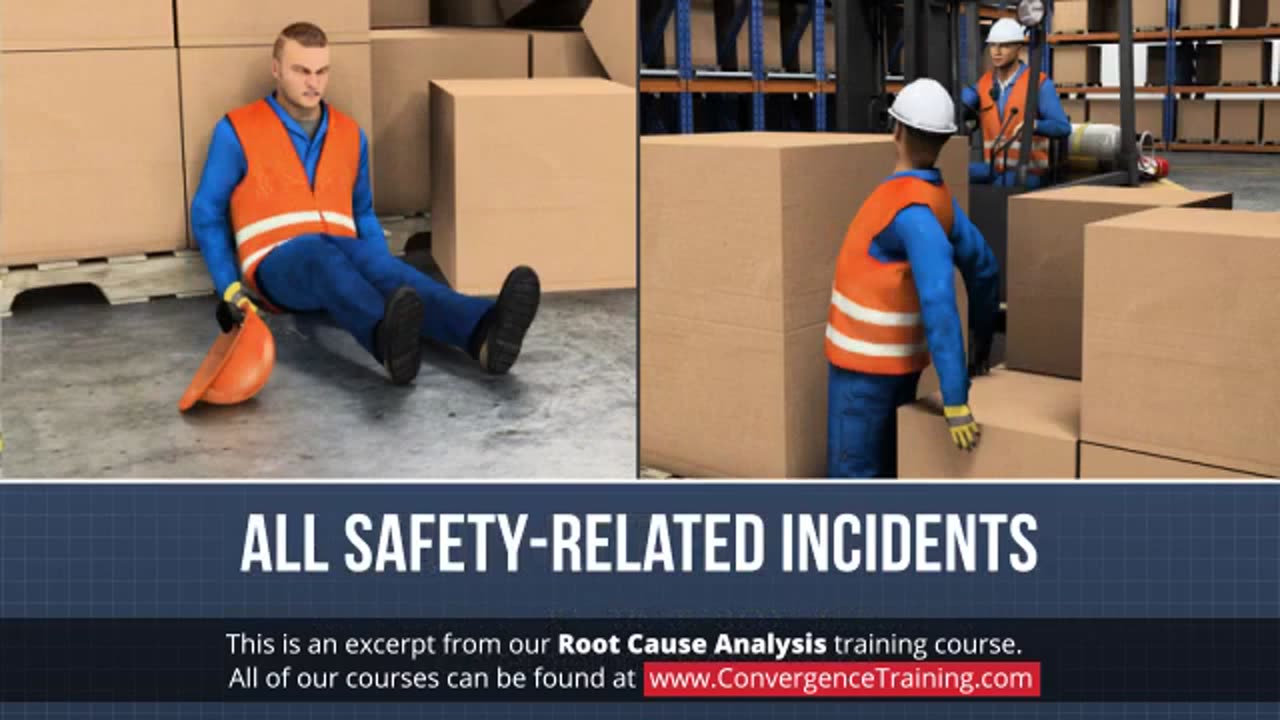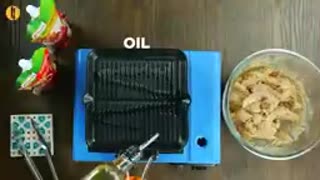Premium Only Content

Root Cause Analysis (RCA)
### **Root Cause Analysis (RCA)**
**Root Cause Analysis (RCA)** is a systematic process used to identify the **underlying causes** of an incident, problem, or failure to prevent recurrence. It is widely applied across industries, including manufacturing, healthcare, education, and safety management.
---
### **Purpose of RCA**
- Identify the **root cause(s)** of a problem, not just its symptoms.
- Prevent the issue from recurring.
- Improve processes and systems for long-term solutions.
---
### **When to Use RCA**
RCA is conducted when:
- A **safety incident** or accident occurs.
- Equipment or process **failure** causes downtime.
- **Repetitive issues** occur despite corrective actions.
- Quality control identifies **non-conformances**.
---
### **The RCA Process**
The RCA process typically follows these **5 key steps**:
#### **1. Define the Problem**
- Clearly describe **what happened**, when, and where.
- Gather evidence, including:
- Incident reports
- Interviews with those involved
- Data logs or records
**Example**: *"A machine failure occurred at 10 AM, stopping production for 2 hours."*
---
#### **2. Collect and Analyze Data**
- Gather **quantitative and qualitative data** relevant to the problem.
- Review timelines, processes, and systems.
- Identify contributing factors:
- **Human errors**
- **Equipment malfunctions**
- **Procedural gaps**
---
#### **3. Identify Root Causes**
Use RCA tools to determine the root cause(s):
- **5 Whys Analysis**:
- Ask “Why?” repeatedly (usually 5 times) to drill down to the root cause.
- **Example**:
1. *Why did the machine stop?* → The motor overheated.
2. *Why did the motor overheat?* → The cooling fan failed.
3. *Why did the cooling fan fail?* → It wasn’t maintained.
4. *Why wasn’t it maintained?* → Maintenance schedule was missed.
5. *Why was the schedule missed?* → Staff shortages led to delays.
- **Fishbone Diagram (Ishikawa)**:
- Categorize causes into key areas:
- **People** (training, human error)
- **Processes** (procedures, workflow)
- **Equipment** (breakdowns, wear-and-tear)
- **Environment** (temperature, lighting)
- **Materials** (quality issues, shortages)
- **Failure Mode and Effects Analysis (FMEA)**:
- Assess all failure points in a system and their impact.
---
#### **4. Implement Corrective Actions**
- Develop solutions targeting the **root cause(s)**.
- Implement **corrective and preventive actions (CAPA)**.
- Ensure actions are **specific**, **measurable**, and **realistic**.
**Example**:
- Root Cause: Missed maintenance schedule due to staff shortage.
- Corrective Action: Implement a digital maintenance tracker and cross-train employees.
---
#### **5. Monitor and Verify Results**
- Track the effectiveness of corrective actions.
- Use metrics and key performance indicators (KPIs) to verify improvement.
- Conduct regular follow-ups to ensure issues do not recur.
**Example**: Review monthly maintenance logs to confirm tasks are completed.
---
### **RCA Tools and Techniques**
1. **5 Whys Analysis**
2. **Fishbone Diagram (Ishikawa)**
3. **Pareto Analysis** (80/20 Rule): Identify the most significant problems.
4. **Fault Tree Analysis (FTA)**: Logical diagrams to map causes of failure.
5. **Flowcharts**: Visualize process steps to find breakdowns.
---
### **Benefits of RCA**
- Prevents recurring problems.
- Reduces costs related to downtime, repairs, or safety incidents.
- Enhances **workplace safety** and quality.
- Improves processes and overall efficiency.
---
### **Common RCA Mistakes**
- Stopping at **symptoms** instead of root causes.
- Failing to gather sufficient data.
- Not involving all relevant stakeholders.
- Implementing quick fixes instead of long-term solutions.
---
### **RCA Example Scenario**
**Incident**: A worker slips and falls in a warehouse.
1. **Define the Problem**: Worker fell at Location A at 8 AM.
2. **Collect Data**: Wet floor, poor lighting, no signage.
3. **Identify Root Cause**:
- **Why?** Wet floor.
- **Why?** Water leaked from equipment.
- **Why?** Routine inspections weren’t conducted.
4. **Corrective Actions**:
- Fix equipment leak.
- Conduct regular inspections.
- Improve lighting and add “Wet Floor” signs.
5. **Verify Results**: Monitor for future leaks and ensure inspections occur.
---
Would you like further details on implementing RCA in your organization or a template for specific tools like the **Fishbone Diagram** or **5 Whys Analysis**? Let me know!
-
 1:35
1:35
HSESafetyInformation
6 months agoMutton Chops two ways- baked & grilled Recipe by Food Fusion (Eid Recipe)
67 -
 LIVE
LIVE
The Bubba Army
2 days agoCharlie Kirk's Shooter, Had a Trans BF? - Bubba the Love Sponge® Show | 9/15/25
1,660 watching -
 30:31
30:31
DeVory Darkins
15 hours ago $8.12 earnedCNN forced to admit the shocking truth about shooter as Fetterman drops bomb on Democrats
27.2K82 -
 20:54
20:54
Professor Nez
17 hours ago🚨BREAKING: Shooter’s Own Words in Charlie Kirk Case Revealed
13.5K14 -
 16:48
16:48
itsSeanDaniel
17 hours agoGenius Republican Defends Charlie Kirk and CALLS OUT The Radical Left
12.2K3 -
 9:09
9:09
Freedom Frontline
17 hours agoFox News Just Showed The Video Biden Never Wanted Seen
14.6K25 -
 0:27
0:27
historyofboxing
18 hours ago $0.58 earnedThe Cuban Machine… and Deadliest KO Phenom Right Now – David Morrell Jr
10.6K1 -
 38:07
38:07
Degenerate Plays
16 hours ago $1.09 earnedWorst Star Wars Character Pranks Us All - Call of Duty: Modern Warfare 3 (2011) : Part 3
17.3K -
 2:01:02
2:01:02
BEK TV
3 days agoTrent Loos in the Morning - 9/15/2025
8.24K1 -
 3:38:49
3:38:49
Badlands Media
1 day agoThe Narrative Ep. 38: The Sovereign World
128K66